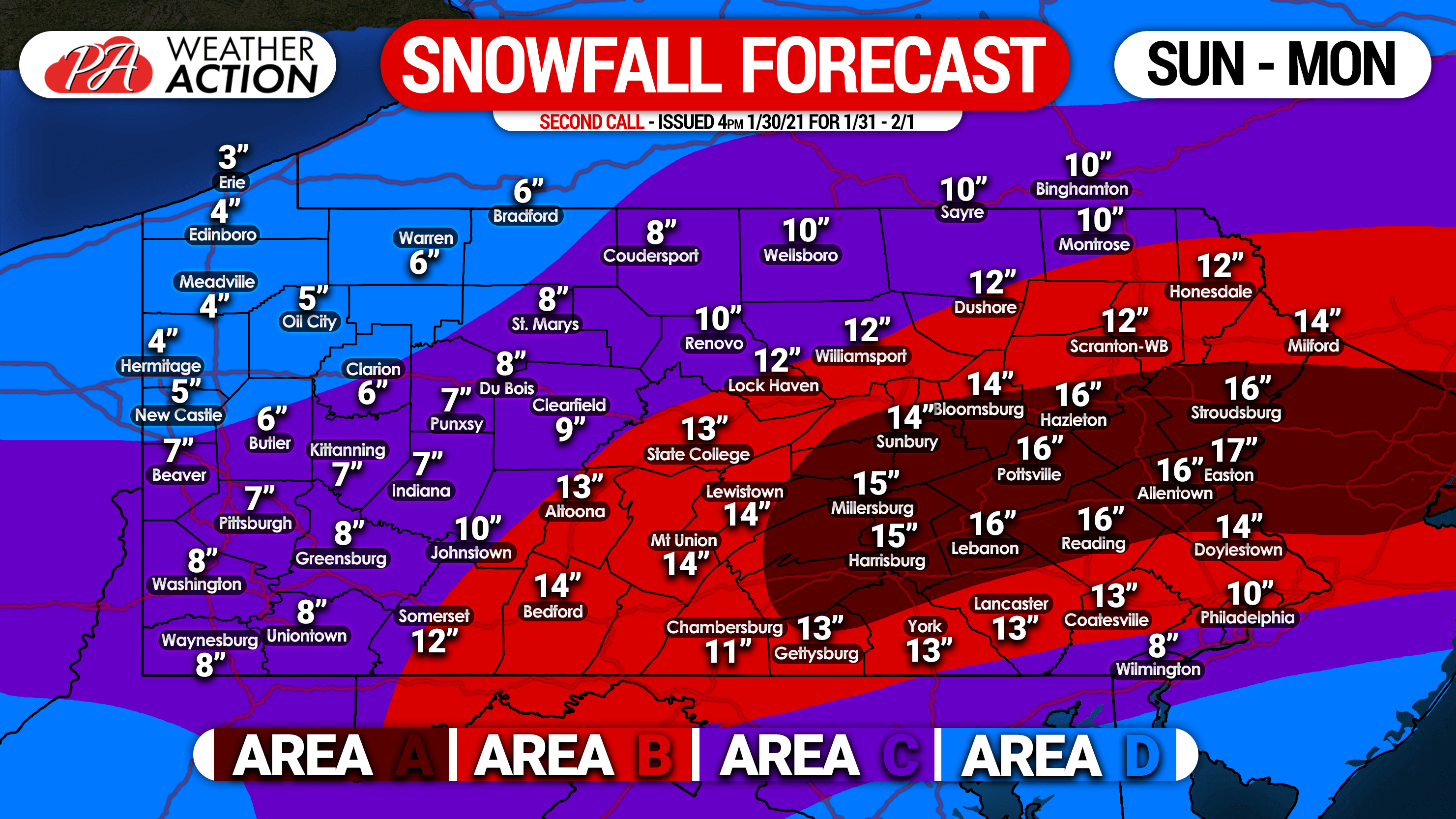
Snow and Ice Forecast: Unraveling the Complexities of Winter's Arrival
Introduction
As winter approaches, the anticipation of snow and ice grips us. While these elements may bring festive cheer, they also pose significant challenges. Accurate forecasting of these weather conditions is crucial for public safety, infrastructure management, and economic activities. This comprehensive timeline provides an in-depth analysis of the intricate processes involved in predicting snow and ice, exploring various perspectives and highlighting the complexities of this endeavor.
Snowfall and Ice Accumulation Forecasting
Snowfall forecasting relies on a combination of atmospheric data and numerical modeling. Meteorologists analyze temperature, pressure, moisture content, and wind patterns to determine the likelihood and intensity of snowfall. Ice accumulation forecasting, on the other hand, considers additional factors such as surface conditions and the presence of liquid precipitation. Predictive algorithms incorporate these parameters to estimate snow and ice accumulation over specific time frames.
Challenges in Snow and Ice Forecasting
Accurately predicting snow and ice poses several challenges.
Data Limitations:
Meteorological data is often limited, especially in remote areas. This can result in incomplete or inaccurate forecasts.
Model Complexity:
Predicting snow and ice requires sophisticated numerical models that consider numerous variables. These models are computationally intensive and may not always accurately capture the intricacies of the atmosphere.
Uncertainties in Precipitation Type:
Distinguishing between snow, sleet, freezing rain, and other forms of precipitation can be challenging, especially during transitional periods.
Perspectives on Forecasting Accuracy
Different stakeholders have varying perspectives on the accuracy of snow and ice forecasts:
Public:
The public generally expects highly accurate forecasts to plan their activities and mitigate risks. However, they may not fully understand the uncertainties involved.
Media:
The media often sensationalizes snowfall forecasts, which can lead to exaggerated expectations and disappointment if predictions are not met.
Transportation and Infrastructure Managers:
Accurate forecasts are critical for maintaining safe and efficient transportation networks and infrastructure. Even small errors can disrupt operations and endanger lives.
Data Sources and Techniques
Meteorologists use various data sources and techniques to improve forecasting accuracy:
Observational Data:
Weather stations, radar, and satellite imagery provide real-time data on atmospheric conditions.
Historical Data:
Analyzing過去の天气模式 can provide insights into seasonal trends and variability.
Numerical Weather Prediction (NWP):
Computer models simulate atmospheric processes to predict future weather conditions.
Ensemble Forecasting:
Running multiple NWP models with slightly different initial conditions generates an ensemble of forecasts, providing a range of possible outcomes.
Limitations and Future Directions
Despite advancements in forecasting techniques, limitations remain:
Uncertainties in Small-Scale Phenomena:
Local factors, such as topography and land use, can influence snowfall and ice accumulation, which may not be fully captured by models.
Need for Human Interpretation:
While models provide valuable data, human expertise is still essential to interpret forecasts and make informed decisions.
Research and Development:
Ongoing research focuses on improving model accuracy, incorporating new data sources, and developing more accurate methods for predicting precipitation type.
Conclusion
Snow and ice forecasting is a complex and challenging endeavor, influenced by numerous atmospheric and surface factors. While significant progress has been made in forecasting techniques, uncertainties and limitations remain. By understanding the challenges and complexities involved, stakeholders can make more informed decisions and prepare for winter's arrival. Continuous research and advancements in forecasting methods will further enhance our ability to predict snow and ice events, mitigating their impacts and ensuring public safety.
